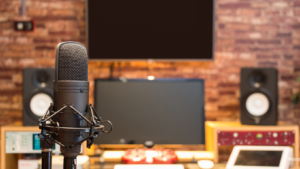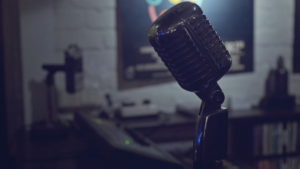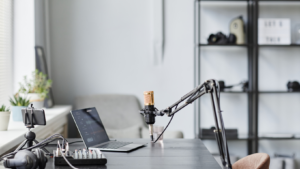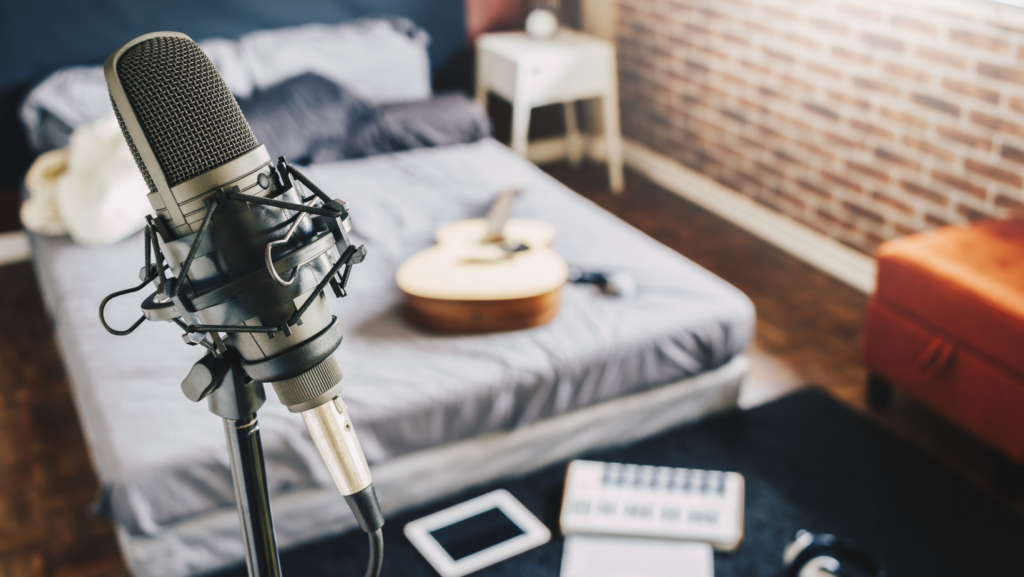In the realm of music production, a well-equipped home studio can be a game changer. It’s not just about having a space to hone your craft, it’s about having the right tools to capture your creativity. This article delves into the world of home recording equipment studio, providing insights that will guide you in setting up your very own music sanctuary.
Whether you’re a seasoned musician or a budding producer, the choice of recording equipment home studio can make or break your sound. From microphones to mixers, audio interfaces to acoustic treatment, we’ll explore the key components that can transform your home studio into a professional recording environment. Stay tuned as we demystify the process of choosing the right gear for your home studio.
Recording Equipment Home Studio

This section provides a detailed exploration of crucial recording equipment home studio requirements for creating a professional sound. The discussion is largely centered around vital essentials such as audio interfaces, headphones, monitors, microphones, mixers, and control surfaces.
An audio interface forms the heart of the home studio. It translates analog signals into digital format, enabling computer systems to process the sound accurately. High-quality audio interfaces effectively reduce audio latency, providing a synchronized recording experience. Devices such as the PreSonus AudioBox, acclaimed for its precision and sound fidelity, serve as prime examples of essential audio interfaces for home studios.
Headphones and Monitors: What You Need to Know
The choice of headphones and monitors significantly contributes to sound quality. Closed-back headphones, like Audio-Technica ATH-M50x, recommended for recording situations, isolate sound, preventing bleed into microphones. On the other hand, open-back headphones, such as Sennheiser HD 800, used in audio mixing, offer a transparent, wide-open soundstage ideal for checking the final mix.
Mixer and Control Surfaces Overview
Mixers and control surfaces play a key role in controlling the audio signals. Modern digital mixers, like the Yamaha MG10XU, offer various sound shaping options, aiding in achieving the desired sound. On the contrary, control surfaces provide hands-on control over software functions in a digital audio workstation (DAW), improving workflow in the studio.
Caring for Your Home Studio Equipment

Proper maintenance of studio gear involves regular cleaning, storage, and handling.
- Cleaning: Dust buildup degrades the performance of recording devices. Use microfiber cloths, air blowers, and specialized electronic cleaners to dust off the equipment. Lightly dampen the cloth with distilled water when cleaning button interfaces, knobs, or ports.
- Storage: Store equipment in or under a dust cover when not in use, maintaining its cleanliness. To avoid tangled wires and misplaced adapters, use dedicated drawers or organizational boxes.
- Handling: Handle gear with clean hands. Dirt or oil can cause deterioration or malfunctions. Avoid stacking equipment on top of each other; crowding can lead to overheating.
Getting the Best Sound Quality in a Home Studio
Success in achieving the finest sound quality in a home studio starts with the correct use of recording equipment home studio and mastering specific techniques. In-depth explorations on optimal audio mixing strategies and effective tracking and mixing techniques form the core of these processes.
Strategies for Optimum Audio Mixing

Honing optimal audio mixing strategies involves three main areas: equalization, compression, and reverb. Each has a unique role in enhancing sound quality.
Equalization (EQ) balances frequency components, effectively cutting off any problematic frequencies and boosting those of importance. For instance, using EQ can help to remove the ‘muddy’ sounds often found in the 200-500 Hz range, while adding clarity to vocals by boosting the 3-6 kHz range.
Compression manages dynamics, enabling smoother transitions from the loudest to the softest parts of a track. A compressor, like the SSL G-Master Buss Compressor, limits peak levels and brings quiet sounds closer to the forefront, achieving a balanced and cohesive mix.
Reverb, on the other hand, creates the illusion of space. It simulates how sound waves would naturally bounce off in different environments, thereby producing a sense of depth and ambiance in a mix. A high-quality reverb system, such as the Lexicon PCM Native Reverb, offers an immersive listening experience by simulating various acoustic spaces.

